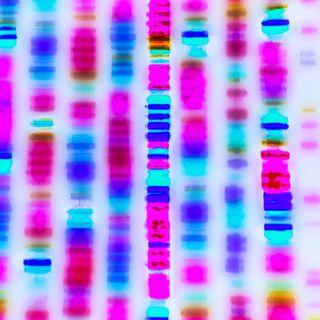A large study involving 110,000 Indian men concluded that one in four men aged 15–54 years are estimated to have mild, moderate or severe anemia. The condition, which often has a high prevalence among women and children, is caused by a lack of red blood cells to carry oxygen to various tissues in the body. The findings were published in The Lancet Global Health.
Anemia is often associated with women — especially so in India because a staggering 51% of Indian women are anemic. The condition can also lead to serious complications for women during pregnancy including premature births, children with developmental delays, and post-partum depression.
For men, anemia can lead to fatigue, low attention spans, lethargy and a decreased quality of life, which could be harmful if the man is the sole breadwinner in his family. The Indian Government’s 2018 ‘Anemia Mukt Bharat‘ plan, created to bring down the high prevalence of anemia in the country, currently only caters to adolescent boys until the age of 19.
“Most cases of anemia are thought to be due to low iron levels, which can be prevented and treated effectively with iron tablets and food fortification with iron. However, due to poor awareness, compliance to treatment or supplement and other additional nutritional deficiencies, anemia is still an unsolved puzzle in our country,” Ashish Awasthi, Ph.D., an assistant professor at the Public Health Foundation of India, told The Indian Express.
Related on The Swaddle:
Anemia Is Often Seen as Iron Deficiency, but It Has Many Causes
Anemia saw greater prevalence in rural, impoverished areas over urban areas, and greater prevalence for men in specific states like Bihar, Andhra Pradesh, Mizoram, and Meghalaya. However, Oliver Didzun, co-author of the study, told the Indian Express that, “Geographic and sociodemographic patterns of who has anemia in India appear to be similar between men and women. It could, therefore, be efficient to couple efforts to reduce anemia among men with existing efforts that target anemia among women and children,”
The researchers wrote, “Anemia Mukt Bharat is projected to reach 450 million beneficiaries by 2022. Given the inexpensive treatment of many common forms of anemia and the condition’s effect on economic productivity, policymakers in India might want to consider extending some components of the Anemia Mukt Bharat program to men, especially in the states and districts in which we found a particularly high prevalence of anemia in men. For instance, screening for anemia could be offered to men during household visits by community health workers (e.g., the Accredited Social Health Activists cadre) or community meetings. Given our findings, these services should especially focus on poor households in rural areas and adolescents and older men.”




